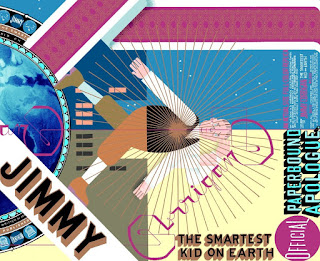Reading Notes: Narayan's Mahabharata, Part D
In this final section of the Mahabharata, a few scenes stood out to me. First, that the Pandavas continued and continued to try to find a peaceful resolution to the conflict with Duryodhana and his brothers surprised me. Their concession to only fie villages, one for each of them, seemed to me something easy to grant and not lose so many lives or much honor/dignity in doing so for Duryodhana. This seemed, to me, to underscore the importance of avoiding conflict and death in ancient Indian society, despite the focus of much of the Mahabharata being on battle.
Karna, for most of the epic, was a simply detestable character who was like an anti-Moses, considering their similar origins. However, toward the end of the Mahabharata, Karna has the conversation with Krishna about his lineage as a Pandava and how he should defect to the Pandava's side in the upcoming war. Karna's introspection and rigid maintenance of an honorable stance with Duryodhana surprised me, and it even convinced me that Karna should take that spot in heaven where he would meet with Krishna, despite his loathsome characterization for most of the epic. Karna was definitely the surprise for me to empathize with.
The most moving scene of the Mahabharata was definitely the (not-quite) death of Bhishma. The tenderness of Arjuna, along with the appearance of Ganga, Bhishma's mother, made for a touching departure of his character from the main storyline of the epic, though he returns to impart advice to Yudhistira in the Epilogue.
Tear tear. Source.
Bhishma and Drona's deaths at the hands of the Pandavas, who they had raised and taught, were very affecting and well-constructed within the narrative to evoke a sense of torn-ness in the reader, though the 'right' side of the war seemed very clearly to lie with the Pandavas. This unwillingness to fight relations, followed by grudging acceptance of the reality of their conflicting allegiances, reminded me of the American Civil War and the stories I have heard about it, in which brothers would fight on opposite sides of battlefields, one for the Union and one for the Confederacy.
Overall, I liked the Mahabharata about as much as the Ramayana. I appreciated the character-centric nature of the Ramayana while the increased battle scenes in the Mahabharata were great as well. I'm really glad that I got the opportunity to read both of these texts, which number among the most influential texts ever written.
Bibliography: Narayan, R.K. The Mahabharata.

Comments
Post a Comment